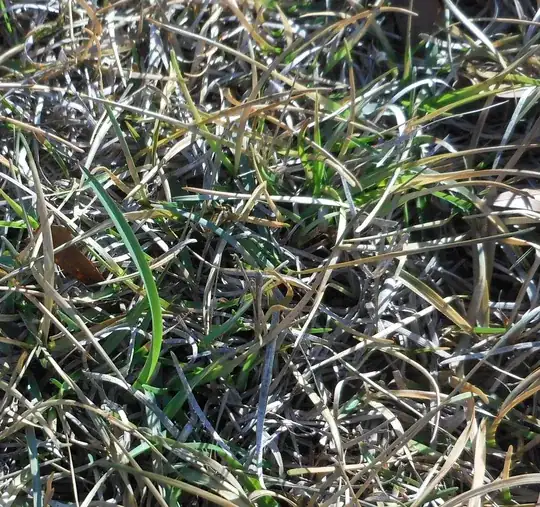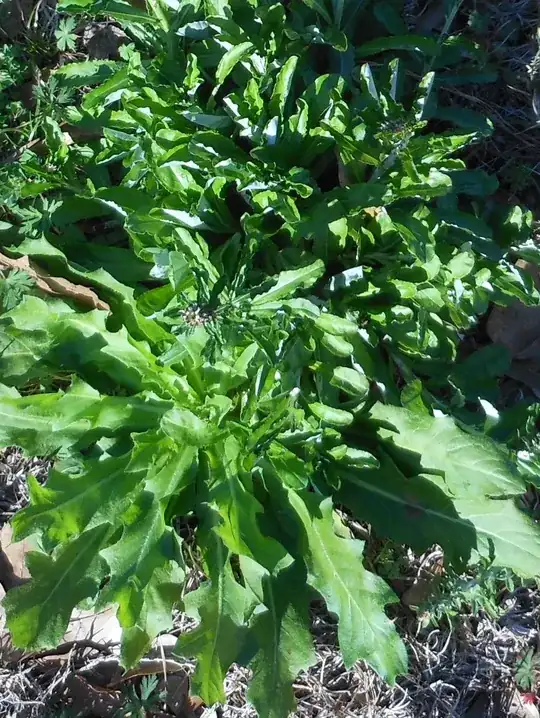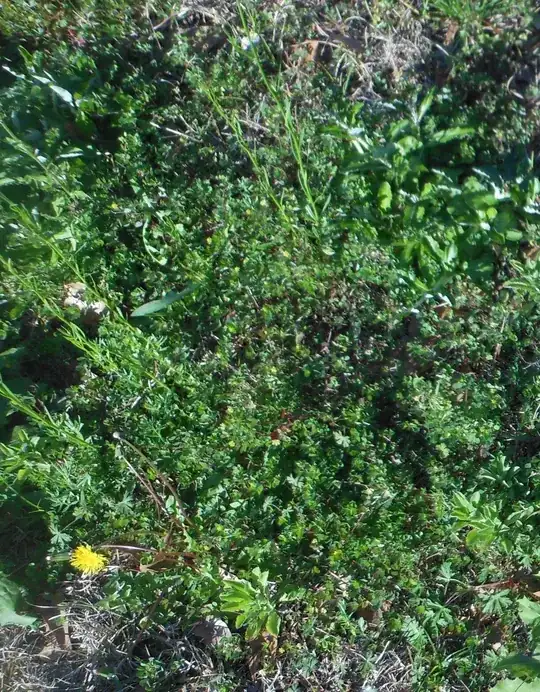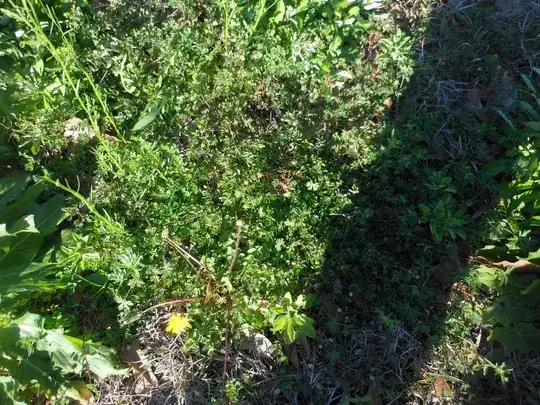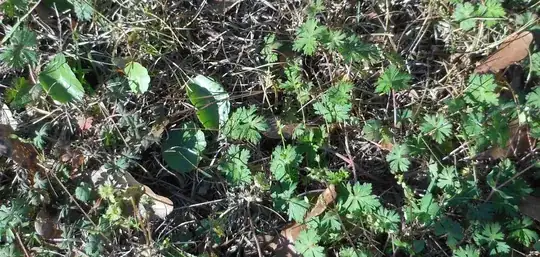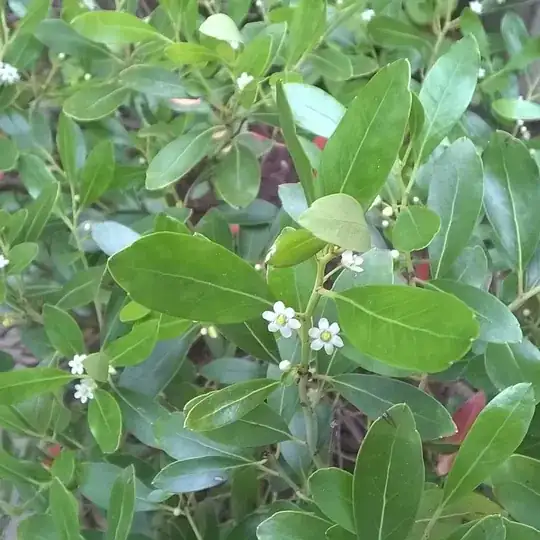As Giacomo wrote, you need a dicotyledon - or "broadleaf" weedkiller. A good one for lawns is Weed-B-Gone or one of its cheaper knock-offs. Weed-B-Gone contains three different herbicides (Dicamba, 2-4D, and Mecoprop/MCPP). It will kill most of the weeds in the lawn and leave the grass (it won't kill violets or Queen Anne's Lace, but I don't see them in the photos anyway).
If you decide to spray, I recommend that you have a professional do it; the amount of herbicide you're going to need will run into the gallons and will be very expensive for you to buy yourself. You'll also need a backpack sprayer.
This will give you a temporary reprieve - the weeds will come back because, as Giacomo also noted, there looks to be something else wrong. Here are some things you can try after spraying the lawn (in no particular order)
Mow the lawn high. Always. At least 3 inches. This will help shade weed seeds and keep them from sprouting. A taller lawn is one with deeper roots, so it also won't need as much water and will provide some competition for the weeds.
Remove all seedheads from the weeds (for dandelions, remove the flowers). Do not just toss the seedhead back onto the lawn - some weeds, like dandelions, will still set ripe seed even if the flowerhead is not attached to the plant. If you don't have a hot compost pile, burn them (outdoors only) or toss into your garbage.
This sounds funny, I know, but one dandelion seedhead can cause you tons more work in just a single year. Your neighbors with the manicured lawn will thank you. And you may provide amusement for everyone in the neighborhood while you wander your lawn, collecting spent flowers :) I know my neighbors enjoy it when I do that...
Dig up as many weeds as you can, especially those with taproots like dandelion. A single spray of herbicide doesn't always kill them, but digging them and removing the carcasses from the garden will. I recommend a trenching spade (it has a very long spade on it), and dig after a good rain or heavy watering to keep from breaking the root.
Have your soil tested - your local state Extension can probably do it for you. Follow all recommendations as to fertilizer and anything else they tell you. Pay attention to the timing of spreading the fertilizer. A well-fed lawn is a happy lawn.
Dethatch the lawn to help break up compaction.
When you mow, if you remove only an inch or so of each grass blade, do not bag the cuttings - they help feed your lawn.
Forget about a lawn and plant a groundcover native to your region - maybe not in the entire lawn, but in a great portion of it. You can also vary this by including shrubs and trees, which will help bring wildlife into your yard. If you plan this correctly (right plant - right place!) and only plant shrubs appropriate for the site so that you don't have to prune them much, you'll also save a lot of time not mowing and not maintaining the yard. If you do this, though, you WILL need to mulch the area with the groundcover until it's established; you'll also have to mulch around the shrubs. Oh - if you go the shrub route, you probably will want to also edge it to keep the "lawn" out of the bed.
If you decide to use an herbicide and to apply it yourself - read and follow all directions, including those on properly disposing of the empty container.
